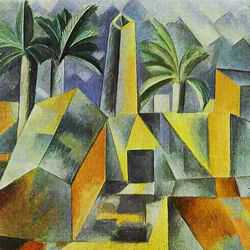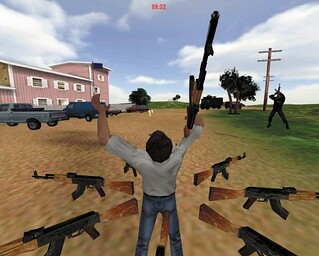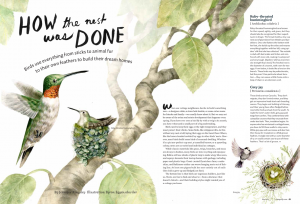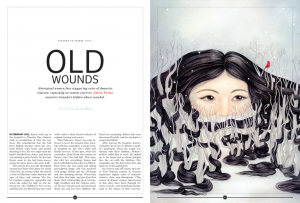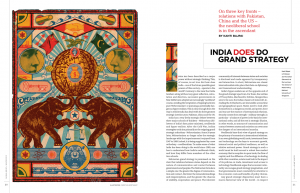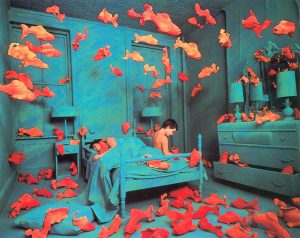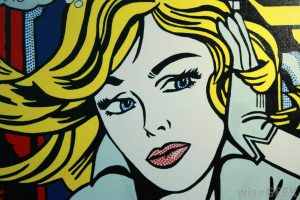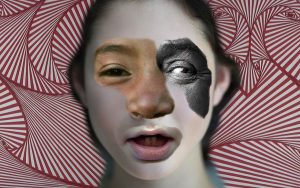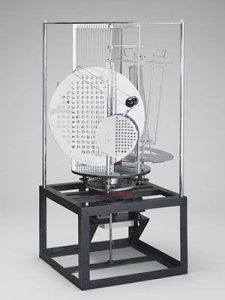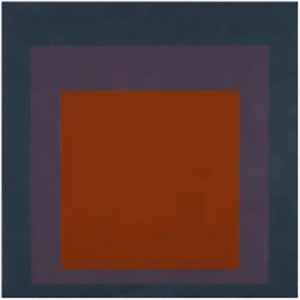> A) Why could you say that the “Indie” game scene is not a new thing and explain, give examples ?
Modern released indie games tend to be experimental, unpopular or weird. However this is not new, many well-known companies such as Ubisoft and Nintendo started off their game development in very small studios, releasing games that were experimental and limited due to the technology available during those time periods. More people are now creating games as a hobby in their personal studios and more independent studios have evolved from this in the modern day. Programs such as Unity, Unreal Engine and Stencyl that are used by prominent game studios have been made free for personal use to the public encouraging game development for individuals. Web sites such as itch.io and Steampowered.com have communities where individual game developers can share their work and receive feedback. Such communities are largely visited by gamers and other developers so the indie game scene is something that the gaming community is aware of. In popular game store websites such as steam store indie games are being considered as a genre, although they tend to be multi-genres. This is because indie games have been recognised as games that are strange, quirky or unpopular to mainstream gamers. The level of anticipation for some indie games are becoming competitive with triple A title games, this is because of the hype created through social media and funding sites such as Patreon and Kickstarter where the developers will showcase their game and receive support from the gaming community
> B) Has the term indie become meaningless ?
The term indie has not become completely meaningless as the popularity of the development of indie games has given the word a different imagery. When using the term indie to describe a game typically a gamer would think of weird, experimental and unpopular themes. Referring to a game as indie creates the imagery of a game emulating the 90’s and 80’s experimental styles and keeping its flaws as aesthetic to induce nostalgia. The term Indie also communicates the idea of an individual or group who create work catered to people similar to themselves or to people who have interest in investigating personal work.
However, the term indie has different stereotypes attached to it. Using the term can be uplifting to describe a hard working individual’s product, but it could also paint such products with one brush as trying hard to be quirky, unique or clever. When a product has the word indie associated with it, the consumer may feel like an initiate to the creator’s work as the product is not popular in mainstream media, news or advertisement.
In conclusion, the term indie has not become meaningless, but it has rather become a word that can depict work made by an individual similarly to every other creator trying to strive in a field, or a word that cultivates the sense of innovation to create a trend.

